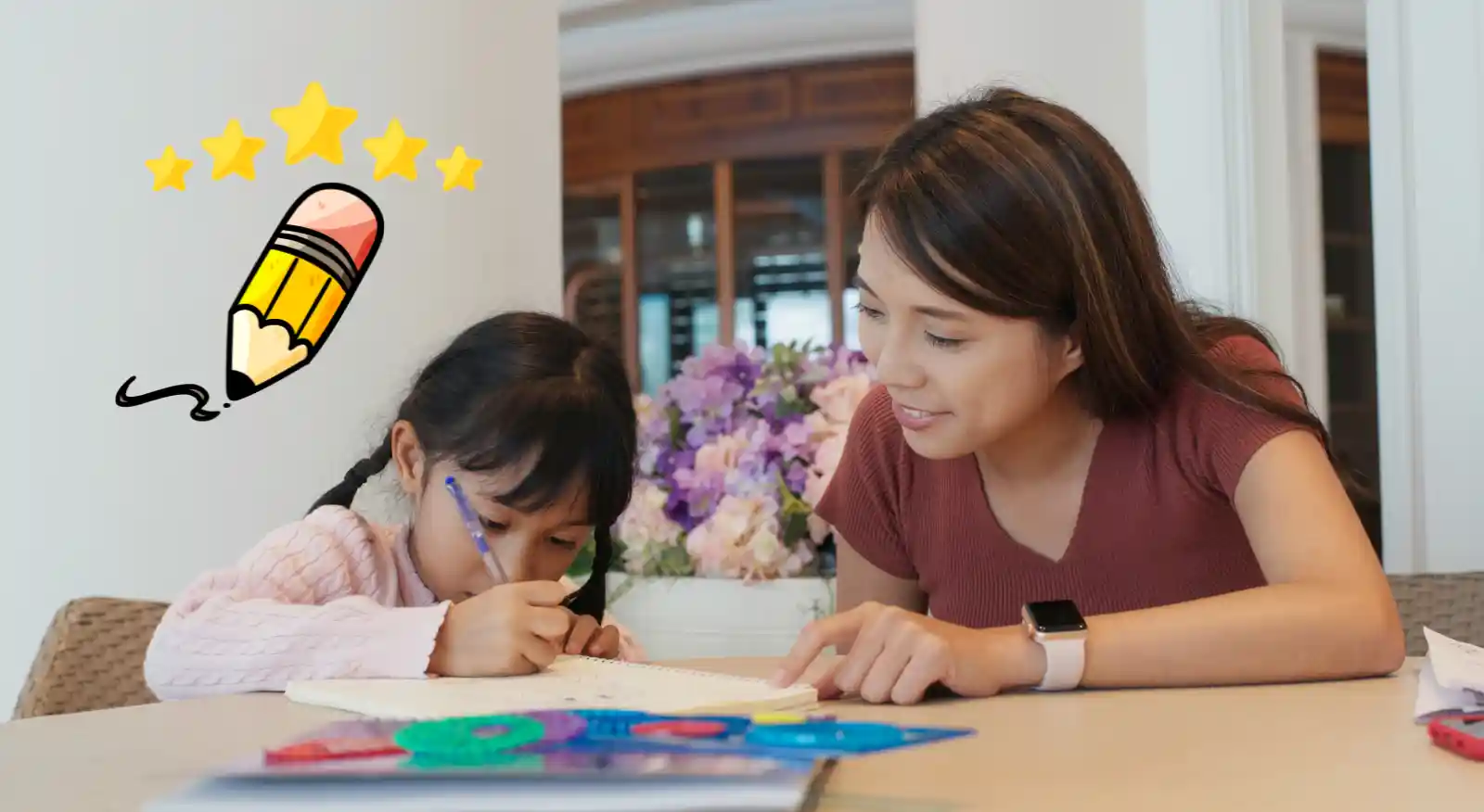
Learning to Draw with No Experience: A Beginner’s Guide
If you’ve ever said, “I can’t even draw a stick figure,” you’re not alone. Many people believe drawing is a talent you’re either born with or not—but that’s not true. Drawing is a skill, and like any skill, it can be learned with time, practice, and patience.
Even if you’ve never picked up a pencil to draw before, it’s never too late to start. In this guide, we’ll walk you through easy, practical steps to begin your drawing journey, even if you have zero experience.
Why Anyone Can Learn to Draw
The key to learning how to draw isn’t talent—it’s practice. Artists aren’t born with magical abilities. What they have is hours of drawing, experimenting, making mistakes, and learning from them.
Just like learning to ride a bike or cook, drawing gets easier the more you do it. So, take a deep breath, let go of perfection, and enjoy the process.
Step 1: Gather Simple Drawing Tools
You don’t need expensive supplies. Start with:
- Pencil – A basic HB pencil works great.
- Eraser – For cleaning up mistakes.
- Sketchbook or notebook – Plain paper is all you need.
- Sharpener – Keep your pencil ready.
You can always upgrade later, but these basic tools are enough to get started.
Step 2: Start with Lines and Shapes
Before you try drawing people, animals, or scenery, start small.
Try:
- Drawing straight lines in different directions.
- Sketching circles, ovals, triangles, and squares.
- Repeating simple shapes until they feel natural.
This will train your hand and eye to work together and build your confidence.
Step 3: Copy to Learn
A great way to learn is by copying simple drawings. Choose easy line art or cartoon-style images. Don’t worry about being exact—just focus on getting the general shapes right.
Copying:
- Helps you understand structure
- Teaches you proportions
- Trains your observation skills
Tip: Use kids’ drawing books or beginner YouTube tutorials as a guide.
Step 4: Keep It Light and Loose
When you draw, use light strokes at first. Don’t press hard. This makes it easier to erase and adjust as you go.
Your first few drawings might look strange, and that’s okay! Everyone starts somewhere. The important thing is to not give up after one or two tries.
Step 5: Practice Drawing Everyday Objects
Look around your room—pick things like:
- A cup
- A pair of shoes
- A flower
- A lamp
Try to sketch their basic outlines. Don’t worry about details—focus on their shapes and proportions.
Start simple, then move to more complex objects as you improve.
Step 6: Learn to Shade
Once you’re comfortable with outlines, try shading. Shading adds depth and makes your drawings look more real.
Easy shading techniques:
- Hatching – Drawing closely spaced lines.
- Cross-hatching – Drawing crisscross lines.
- Blending – Using your finger or tissue to smudge.
Practice shading a ball to learn how light and shadow work.
Step 7: Take It Slow and Be Kind to Yourself
When you’re learning to draw with no experience, it’s easy to get frustrated. But remember:
- Everyone starts as a beginner.
- Mistakes are part of the process.
- Improvement takes time.
Don’t compare your art to others. Instead, compare your progress week by week. You’ll be surprised at how much you can improve in a short time.
Bonus Tips for New Artists
- Set a small daily goal – Even 5–10 minutes a day helps.
- Keep a sketchbook – Track your progress and build a habit.
- Watch beginner tutorials – There are many free resources online.
- Try different styles – Cartoon, anime, realism—explore what you enjoy.
- Draw what you love – If you like animals or nature, start there.
Want to Try a Fun Way to Learn?
If you’re in Singapore, consider joining an art jamming session at Art Journey. Our mosaic art jamming experience is beginner-friendly, no drawing or painting skills required, and it’s a creative, hands-on way to relax and explore art in a welcoming environment.
Whether you’re looking to unwind, meet others, or discover your creative side, art jamming can be a great way to build your confidence without pressure.
